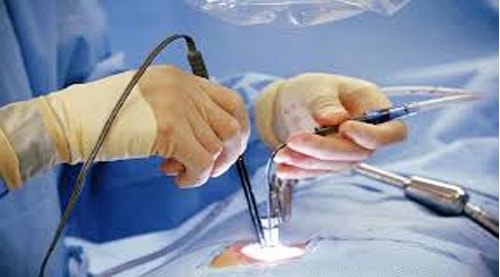Minimally invasive spine surgery was developed to treat spine problems with less injury to the muscles and other normal structures in the spine. It also helps the surgeon to see only where the problem exists in the spine. Other advantages to MISS include smaller incisions, less bleeding, and shorter stays in the hospital.
Because minimally invasive techniques do not disrupt muscles and soft tissues, it is believed that post-operative pain is less than pain after traditional, open procedures. You should still expect to feel some discomfort, however, advancements in pain control now make it easier for your doctor to manage and relieve pain.
To help you regain strength and speed your recovery, your doctor may recommend physical therapy. This will depend on the procedure you have had and your general physical condition. Specific exercises will help you become strong enough to return to work and daily activities.
At Neuron Neurosurgical Hospital our main goal is to restore or maintain our patients’ quality of life. We recommend the best team of spine surgeons, physical therapist and hospitals for various spine procedures in India.


Minimally Invasive Spine Surgery helps to minimise post-operative pain, allows patients to be discharged from hospital earlier, and return to their normal activities sooner because there is less disruption to the spinal muscles.
Minimally Invasive Spine Surgery (MISS) means using the smallest incision and exposure or access port possible. Dr Amey P. Patankar helped pioneer the use of minimally invasive techniques in spine surgery and uses them on virtually all his patients. This allows less pain, fewer complications and faster recovery from the surgery. Many Patient can even go home the day of their operation.
Dr Amey P. Patankar performs this surgery by using x-ray guidance and stereotactic navigation to make one or more small incisions to gain access to the spine. He forms a tunnel by passing dilating tubular retractors down to the area of the spine that needs to be operated on. When the final retractor is secured Dr Amey P. Patankar uses specialised bayoneted instruments and a microscope to perform the surgery..
Minimally invasive spine surgery can range from decompressions and discectomies through to multi-level instrumented spine fusions and corrective reconstruction. In comparison, traditional open spine surgery require a bigger incision and more disruption to the spinal muscles. This can cause increased soft tissue retraction, which generates more pain after the operation.